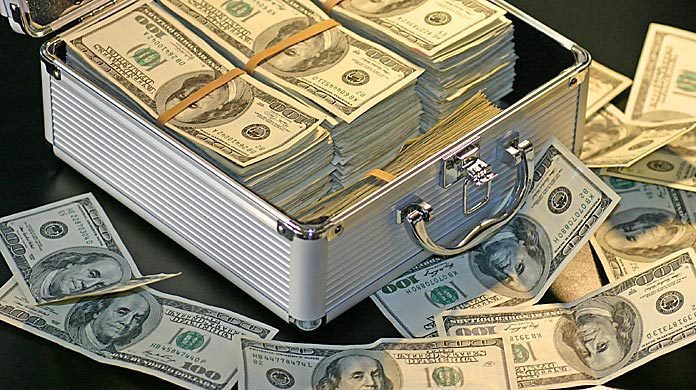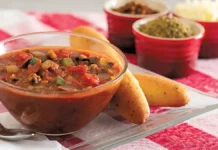
How can this age-old adage
help your restaurant operation?
Article contributed by Matthew S. Hollis, Elytus
If running a restaurant was easy then I think a number of operators would quit. Restaurant professionals in general love a challenge. There is something about the whirring of a busy kitchen, the clanking of dirty dishes and smiles on satisfied guests that makes it all worthwhile. It’s no secret that the restaurant business is a volume game with high stakes and tight margins.
For example, most operators know that for a typical restaurant, $1,000 in revenue or sales, will eventually whittle down to a $50 total net profit at the end of the day. Most people outside of the restaurant business simply don’t understand everything that goes into the preparation and delivery of a beautiful dining experience. So, let’s walk through some of the math.
Typically, a restaurant spends 35% of sales on purchasing the food to be prepared. The next 35% goes to labor, the folks that have to prepare it. This leaves you with approximately 30% left. Out of that remaining 30% of sales, the operator has to cover building costs, insurance, furniture, fixtures, equipment and other administrative related expenses. Therefore, a good operator might be seeking to net a 5% profit on their total sales. While that may not seem like a lot, the more volume your operation can efficiently move through it, the better your bottom line will be. Thus, a lot of operators spend a lot of time focusing on new innovative sales strategies to increase the overall sales of their operations.
However, as operators look to 2021, they are trying to grasp what sales might look like, based upon many unknowns, and it can quickly seem like an uphill battle. Perhaps it’s time to take a look at another key way to maintain margins with sales uncertain, expense management.
One thing we are certain of, is that trash and recycling generation levels are linked directly to sales. Most restaurants are operating under new circumstances. Whether that is shortened hours, capacity restrictions or a closed dining room. While this might mean sales are fluctuating, this also means trash and recycling levels are too, and this can work in your favor.
For example, when a restaurant goes from operating at normal levels, to takeout only, it affects the amount of trash that location is accruing. In general, takeout orders tend to accumulate less trash anyways; so, it can be assumed, that if a restaurant has switched from full service to takeout only, waste levels have decreased.
Why it matters?
Reviewing your current dumpster pickup schedule is an area of potential cost savings that is often overlooked. With enough notice, you can adjust your dumpster pickup schedule to better align with the trash your restaurant is generating.
For example, if a restaurant normally has two trash pickups a week on Monday and Friday, at $100/pickup/month, it costs $200/month total to have the trash collected. In general, if your overall sales have adjusted to mostly carry-out vs. dine-in then it’s likely that the amount of trash your operation is generating is less. As a result, you can call your trash hauler and reduce your scheduled pickups from twice a week to only once per week. This would then net you roughly a $100/month savings on your overall trash expense.
Generating $100 net savings can have a big impact on your restaurant’s overall margins.
Let’s circle back to our $1,000 in revenue example. It was estimated that it would result in a $50 total net profit. If cancelling a trash pickup saves $100, that is the equivalent of selling $2,000 worth of food! This is the impact that could be had on just one restaurant. Let’s say that your restaurant company operates 100 locations across the United States. Performing this analysis at every single one of your restaurants would be the equivalent of increasing your sales by $200,000 per month or $2.4 million per year.
That said, running this type of analysis across all of your restaurants is no easy task. Plus with tightened labor budgets and administrative cuts, it can be hard to find the capacity or bandwidth to manage this type of a project. Luckily, there are a number of partners known as waste consultants that can help with this type of effort for a small fixed fee.
As we said before, a lot of work goes into selling $2,000 in food. During times of uncertain sales, it is important to identify areas of cost savings that can contribute just as much to the success of the restaurant as sales strategies. While we cannot reinvent the wheel of restaurant operations, nobody said new tricks weren’t allowed, especially those that help the bottom line. The trash schedule is certainly not at the top of list when it comes to cost savings discussions, but maybe it should be.
Matthew S. Hollis is the President of Elytus, a third-party administrator that helps clients manage their waste services from procurement to payment. To learn more about Elytus’ mission to Waste Nothing, check them out at www.elytus.com or on social media.

























Comments are closed.